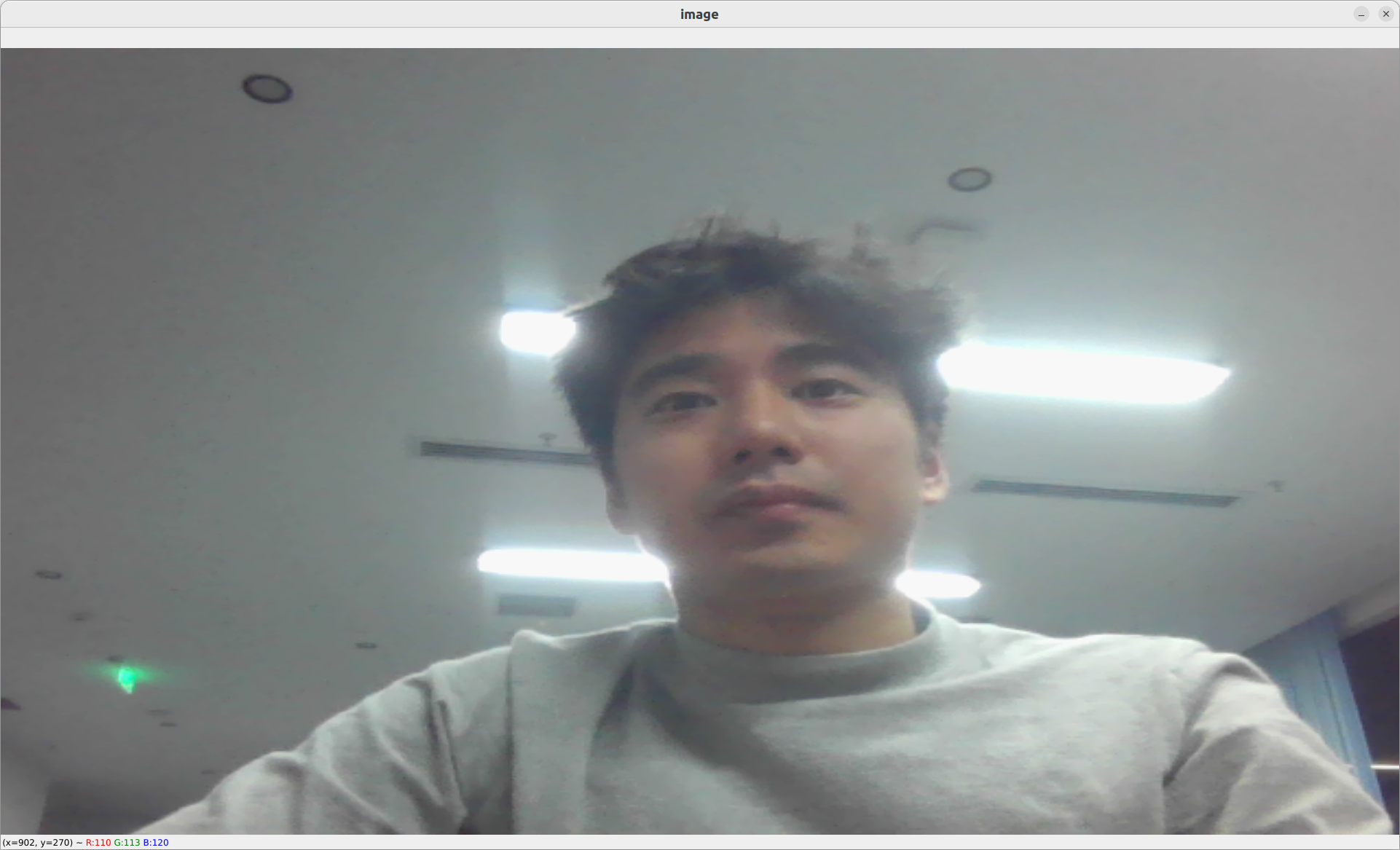Getting started
This first tutorial enables to stream a video stream from a webcam from scratch.
- Fork this project
# Go to: https://github.com/dora-rs/dora-drives/fork
#
# Then clone your fork:
git clone git@github.com:<USERNAME>/dora-drives.git
# Add dora as a remote source to be able to fetch updates.
git remote add dora git@github.com:dora-rs/dora-drives.git
You will find the following folder structure
.
├── graphs # Example graph
├── operators # Exemple operators
├── carla # Carla nodes and operators that requires the CARLA API
├── ros # ROS based operators to bridge between ROS and dora
├── docs # This docs folder. You can replace the src file to keep your operator documented.
├── ... # utils folder
- To be able to run dora, you will need to start
dora-coordinatoranddora-daemon:
# Start the `dora-coordinator` and `dora-daemon`.
dora up
- To start a dataflow, you just need to pass a dataflow path.
conda activate dora3.7
dora start graphs/tutorials/webcam.yaml --attach --hot-reload --name webcam
--attach: enables you to wait for the dataflow to finish before returning.
--hot-reload: enables you to modify Python Operator while the dataflow is running.
--name: enables you to name a dataflow that might be simpler to use than the UUID.
- You should see a small webcam open up!
Make sure to have a webcam and cv2 install via:
pip install opencv-python

-
To stop your dataflow, you can use ctrl+c
-
That's it! You know the basic of dora!